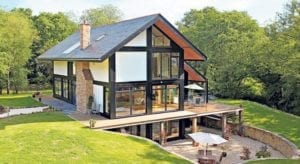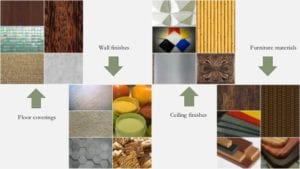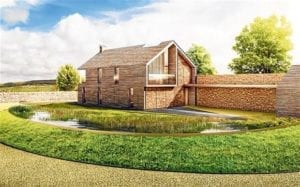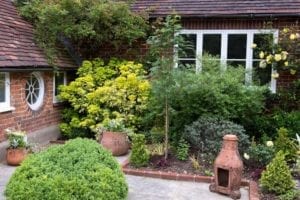Property Tips
SUSTAINABLE HOMES: A FUTURISTIC LIVING

Sustainability has become a hot topic these past years. Concerns about climatic issues are on the rise. Along with this, all businesses are being urged to look towards more sustainable and environment-friendly methods to adopt. And real estate is no exception. The trend, and need, of the hour, is to make sustainability our top priority. Sustainable home designs are not only gaining popularity with homeowners who wish to build new houses but also with those who want to jazz up their place with eco-friendly features.
But there are so many questions and concerns when it comes to making our homes blend with the environment, finances, and comfort topping the list. No longer is it necessary to compromise comfort to be environmentally conscious. Our world is rapidly changing, often in ways that are less than desirable. It is up to us to make positive changes. And those changes can begin in that one area we all have the most control over: OUR HOME.
Today, we will give you little pointers and tips on sustainable homes that should eliminate some of your doubts and help you start your journey towards being more eco-friendly.
LOCATION AND SIZE
The location should be first on your checklist. The closer it is to other important infrastructures, the less your impact on the environment. You could always walk, cycle or use the metro(if available) Size is another factor. Bigger homes might seem better, but smaller homes are more energy-efficient and affordable.

ORIENTATION AND LAYOUT
Your house should be designed in such a way that it uses nature to its advantage. Design your house according to the climatic conditions you have. A wintry area could have homes with south-facing windows to make optimum use of natural sunlight. For sustainable home design, passive features such as planting trees to provide shade can be incorporated based on the orientation of the house.

SUSTAINABLE MATERIALS AND BUILDING BLOCKS
When it comes to materials required, many recommend using locally sourced or recycled materials. Using local materials in your new sustainable house will reduce the need for shipping. See what locally made materials and products you have available. Similarly, when it comes to using recycled materials, I’m sure it depends largely on availability.

EFFICIENT ENERGY
We can’t have a sustainable home without efficient energy sources now, can we? Renewable energy sources are the best way to power your home. So invest in some quality solar energy products. Also, insulation is a great way to save energy! Insulated glass windows and doors are more expensive than regular glass, but it helps to save energy in the long run. Use appliances with a higher energy star rating. It will help you conserve a lot of energy and money. Another great way is to use LED lights.

WATER MANAGEMENT
Water is a very precious resource these days. Can you believe that only 0.3% of water is suitable for human consumption? It just makes sense to make water management a household idea. Rainwater management is the most useful way of saving water. Install roof gutters that direct the water to a tank for reuse. You can also use natural water purifiers to help make the collected water drinkable. You can use a concrete underground detention tank to store the water with a pump to circulate the water.

LANDSCAPES AND GARDENS
Carefully planned gardens and landscapes are a great way to blend your design with nature as well as make your house more efficient. If you don’t have space to plant trees, use your roof has a landscape. It will act as insulation as well as make your house look pretty. It is a win-win!

With so many elements of sustainability, we are sure you must be feeling overwhelmed. It’s not easy to find the best solution for a home as the conditions vary depending on the local climate, availability of materials and a range of other factors. That’s why we recommend that you consult a professional architect for advice on how to build a sustainable house.
Happy housing!





























